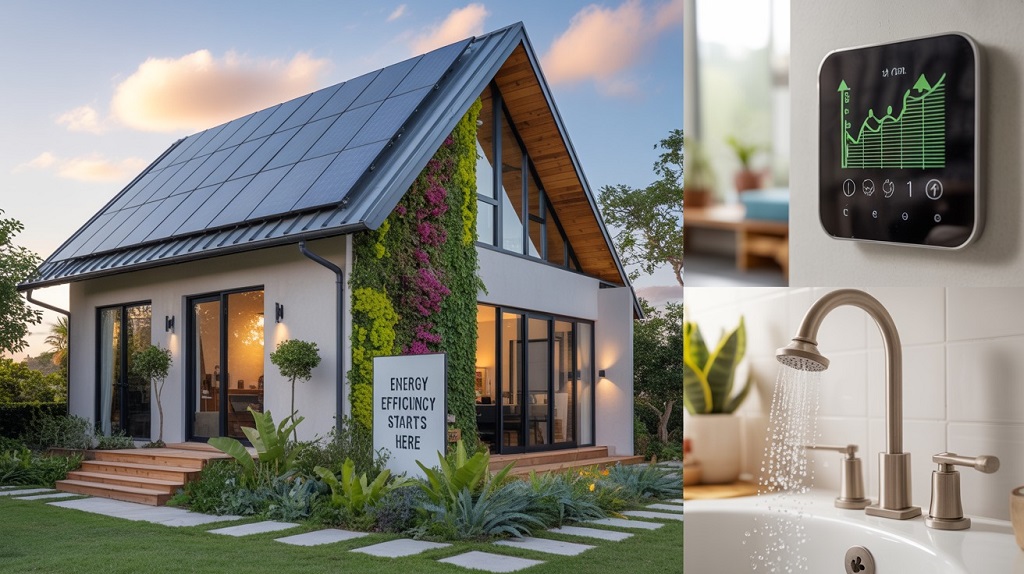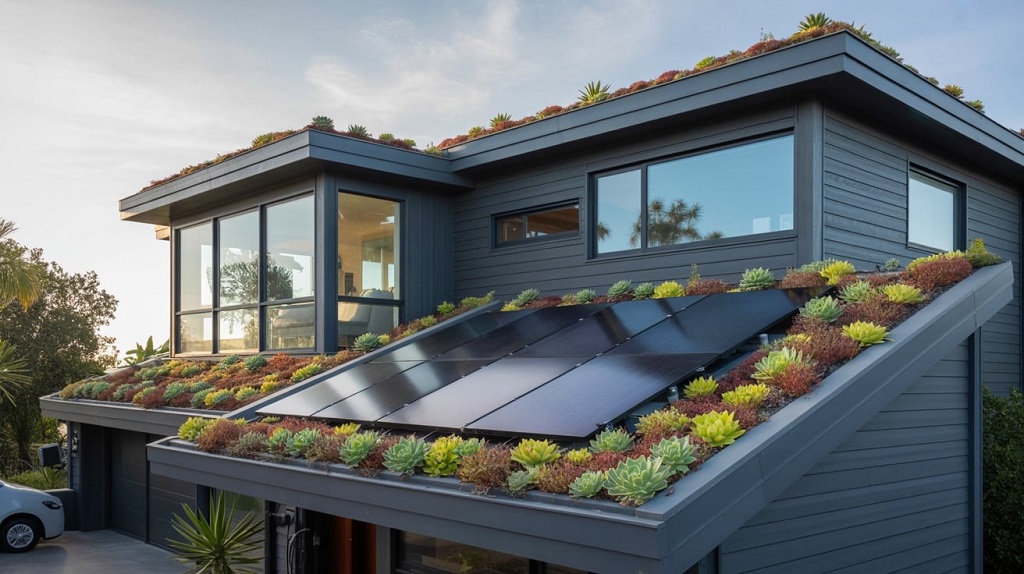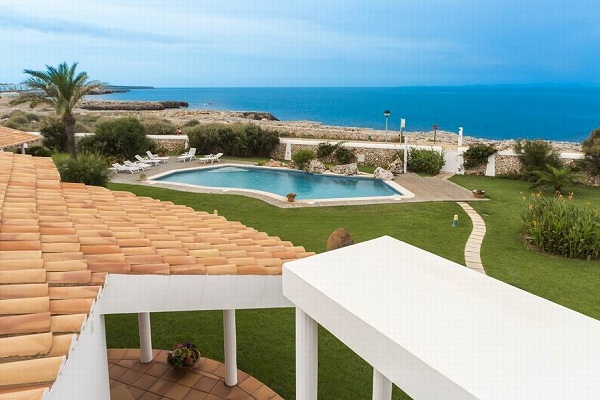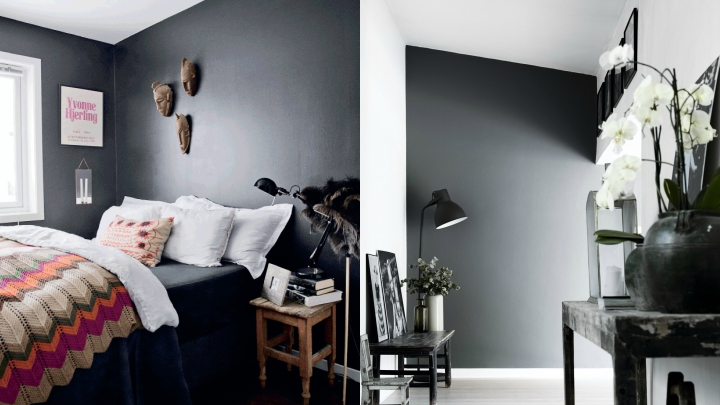Imagine slashing your utility bills by up to 30% while making your home kinder to the planet—all without breaking the bank upfront. In 2025, with energy costs fluctuating and environmental concerns at an all-time high, more homeowners are discovering that sustainable upgrades aren’t just a trend; they’re a smart financial move. According to recent data, energy-efficient home improvements can yield significant long-term savings, often paying for themselves in just a few years through reduced energy consumption and available incentives. Whether you’re tackling rising heating costs or aiming for a greener lifestyle, these eco-friendly renovations offer real value by combining cost-effectiveness with environmental benefits.
In this article, we’ll explore practical, sustainable home improvements that deliver measurable savings. From simple swaps like LED lighting to bigger investments such as solar panels, we’ll break down the costs, potential returns, and tips for implementation. By focusing on energy-efficient upgrades and water conservation strategies, you’ll learn how to enhance your home’s efficiency while addressing common pain points like high bills and wasteful resource use. Let’s dive into these green home improvements that prove sustainability and savings go hand in hand.
Switch to Energy-Efficient Lighting: A Bright Start to Savings
One of the easiest entry points into sustainable living is upgrading your home’s lighting. Traditional incandescent bulbs are energy hogs, converting only about 10% of electricity into light while wasting the rest as heat. In contrast, LED bulbs are up to 90% more efficient, using far less power to produce the same brightness. This switch alone can cut your lighting energy use by 75% or more, translating to annual savings of $100–$200 for the average household, depending on usage.
Costs are minimal: A quality LED bulb runs $2–$5, and with lifespans up to 25 times longer than incandescents, you’ll replace them far less often. For a whole-home upgrade, expect to spend $50–$200. The return on investment (ROI) is quick—often within a year—thanks to lower electricity bills and reduced maintenance. Plus, many LEDs qualify for rebates through programs like ENERGY STAR, further offsetting costs.
To maximize benefits, start with high-usage areas like kitchens and living rooms. Opt for dimmable LEDs for added flexibility, and consider smart bulbs that integrate with home automation systems for even greater control over energy use. This simple eco-friendly upgrade not only saves money but also reduces your carbon footprint by minimizing electricity demand from fossil fuel sources.
Enhance Insulation and Air Sealing: Seal in the Savings
Poor insulation is a silent thief, allowing heated or cooled air to escape and forcing your HVAC system to work overtime. Upgrading insulation and sealing drafts can save up to 15% on heating and cooling costs, equating to $200–$500 annually for many homes. In 2025, with energy prices on the rise, this sustainable renovation is a must for cost-effective home efficiency.
Common types include fiberglass batts ($0.50–$1.50 per square foot), spray foam ($1–$3 per square foot), and cellulose ($1–$2 per square foot). A full attic insulation project might cost $1,500–$4,000, but ROI is impressive—often 2–5 years—due to immediate energy bill reductions. Air sealing, which involves caulking gaps around windows, doors, and ducts, adds another layer of efficiency and can be a DIY job for under $100.
Focus on key areas like attics, basements, and walls for the best results. Professional audits, often subsidized by utility companies, can pinpoint weak spots. This green improvement not only lowers bills but also improves indoor comfort and air quality, making your home a healthier space while supporting broader environmental goals like reduced energy consumption.
Harness Solar Power: Long-Term Energy Independence
Solar panels remain a powerhouse in sustainable home upgrades, offering substantial savings amid falling installation costs. In 2025, the average residential system costs $2–$3 per watt, or $15,000–$25,000 for a 6–10 kW setup before incentives. With federal tax credits covering up to 30% and potential state rebates, net costs drop significantly.
Savings are compelling: Homeowners can cut electricity bills by 50–100%, saving $1,000–$2,000 yearly, depending on location and usage. ROI typically hits in 6–10 years, after which energy is essentially free for the panels’ 25+ year lifespan. Beyond finances, solar reduces reliance on grid power, cutting greenhouse gas emissions and promoting renewable energy adoption.
Start with a solar assessment to determine your home’s suitability—south-facing roofs with ample sunlight are ideal. Pair with battery storage for added resilience during outages. This investment in green energy not only saves money but also boosts property value, making it a win for both your wallet and the environment.
Install Water-Saving Fixtures: Conserve and Cut Costs
Water bills can sneak up on you, but low-flow fixtures offer an easy fix. These eco-friendly devices reduce usage by 25–60%, saving the average family 700–10,000 gallons annually and $100–$200 on bills. In drought-prone areas, the impact is even greater, aligning with broader water conservation efforts.
Options include low-flow showerheads ($20–$50), faucets ($10–$30), and toilets ($100–$300). Installation is straightforward, often DIY, with ROI in under a year. WaterSense-labeled products ensure performance without sacrificing pressure, and many qualify for rebates.
Target bathrooms and kitchens first, where most indoor water is used. Combine with habits like shorter showers for amplified savings. This sustainable upgrade supports environmental health by easing strain on water resources, proving that small changes yield big financial and ecological rewards.
Adopt Smart Thermostats: Intelligent Energy Management
Smart thermostats are game-changers for energy-efficient homes, learning your habits and adjusting temperatures automatically to save 10–15% on heating and cooling—about $50–$150 yearly. Priced at $100–$250, they offer quick ROI through app-controlled scheduling and geofencing features that ramp down energy use when you’re away.
Integration with other smart devices enhances efficiency, like syncing with weather forecasts for proactive adjustments. ENERGY STAR models often come with utility rebates, reducing upfront costs.
Installation takes minutes, and the convenience of remote control adds value. This tech-driven green improvement not only trims bills but also reduces overall energy demand, contributing to a more sustainable grid.
Embrace Sustainable Landscaping: Green Your Yard, Shrink Your Bills

Transforming your yard with eco-friendly landscaping cuts maintenance costs while conserving water and energy. Native plants and drought-tolerant species reduce watering needs by 50%, saving $100–$300 annually on bills and upkeep. Ideas like rain gardens or permeable pavers manage runoff, preventing erosion and lowering irrigation demands.
Costs vary: A basic native plant overhaul might run $500–$2,000, with ROI through lower water usage and minimal mowing. Edible gardens add food savings, while mulch and composting enrich soil naturally.
Start small with xeriscaping or clover lawns for low-maintenance appeal. This approach boosts biodiversity, sequesters carbon, and enhances curb appeal—all while keeping costs down.
Upgrade to Energy-Efficient Appliances: Modern Efficiency Pays Off
Old appliances guzzle energy, but ENERGY STAR models use 10–50% less, saving $200–$500 yearly. In 2025, rebates and tax credits up to $840 for items like refrigerators or washers make upgrades affordable.
A new efficient fridge costs $800–$1,500, with ROI in 3–5 years via lower electricity use. Focus on high-energy users like washers and dryers.
These upgrades reduce environmental impact by cutting emissions, offering a practical path to sustainable living.
Read More Also: Home Plumbing Checklist for Homeowners
Conclusion: Invest in a Greener, Cheaper Future
Sustainable home improvements like LED lighting, insulation, solar panels, water fixtures, smart thermostats, landscaping, and efficient appliances provide tangible savings while fostering environmental responsibility. By prioritizing energy-efficient renovations, you can lower bills, increase comfort, and contribute to a healthier planet. Many offer quick ROIs, amplified by incentives available in 2025.
Ready to start? Assess your home’s needs with a free energy audit from your local utility, or consult a professional for personalized advice. Share your experiences in the comments below—what’s your first green upgrade? Taking action today means savings tomorrow.
Read More Also: Installing a Door Frame Made Easy
FAQs
What are the most cost-effective sustainable home improvements for beginners?
Start with low-cost options like LED lighting and water-saving fixtures. These eco-friendly upgrades cost under $200 and can save hundreds annually on bills with minimal effort.
How do I calculate the ROI for home insulation?
Subtract the installation cost from projected annual energy savings (typically 15% of heating/cooling bills), then divide by the initial investment. Tools from ENERGY STAR can help estimate based on your location.
Are there incentives for solar panels in 2025?
Yes, federal tax credits cover up to 30% of costs, plus state rebates. Check databases like DSIRE for local programs to maximize savings on green energy installations.
Can smart thermostats work with any HVAC system?
Most are compatible, but verify with the manufacturer. They save 10–15% on energy by optimizing schedules, making them a worthwhile addition to energy-efficient homes.
How does sustainable landscaping save money long-term?
By using native plants and efficient irrigation, it reduces water and maintenance costs by up to 50%. Over time, this lowers bills and enhances property value without ongoing expenses.
What rebates are available for energy-efficient appliances?
Programs like ENERGY STAR offer up to $840 for qualifying items in 2025. Utility companies often provide additional incentives—search your provider’s site for details.









